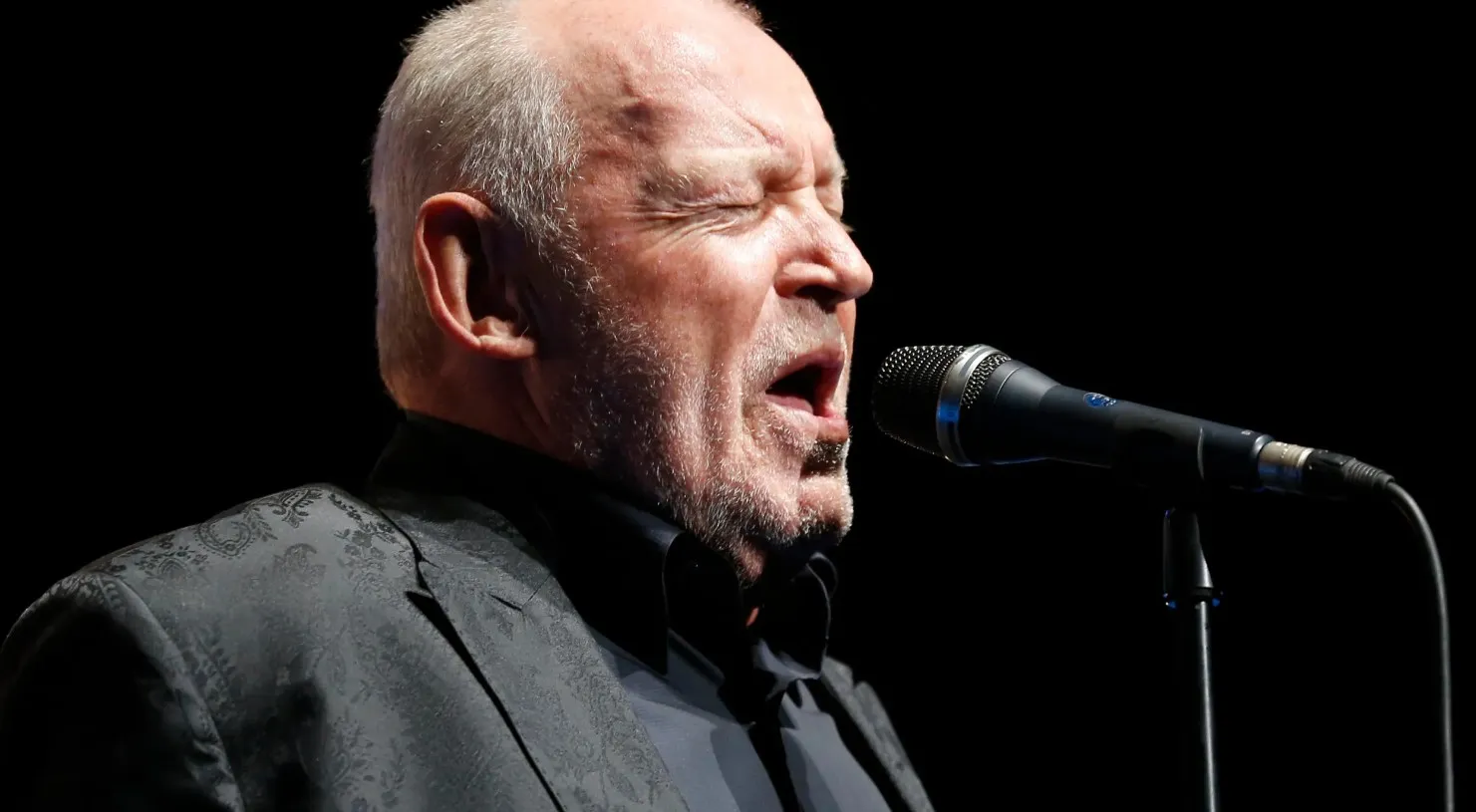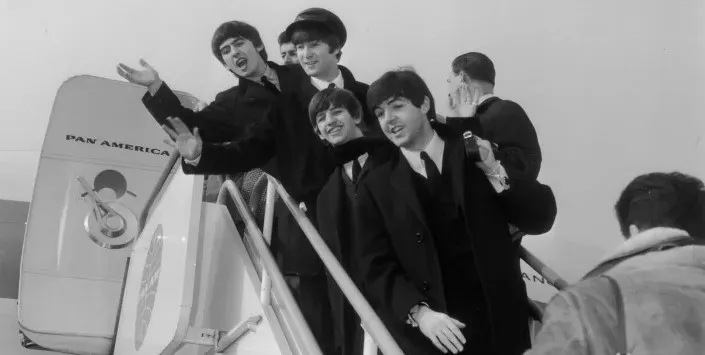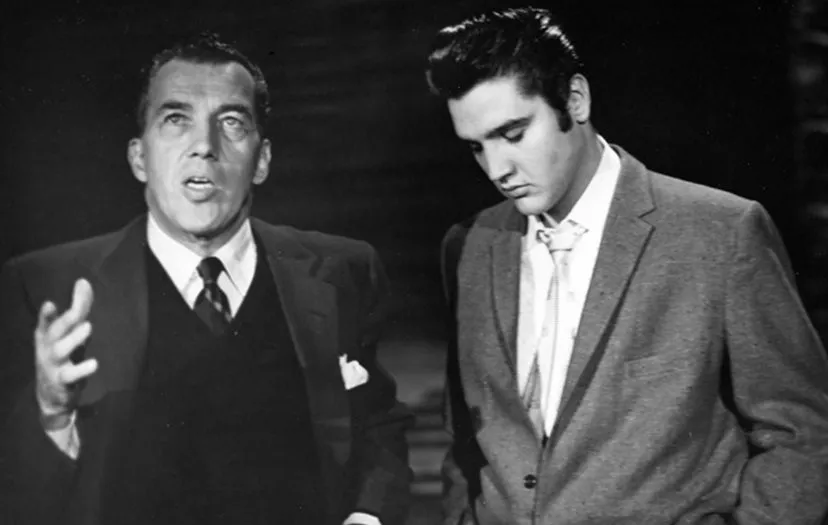In the annals of music history, few love stories have captured the public's imagination as intensely as that of John Lennon and Yoko Ono. Their relationship, which began in the most unlikely of places, would go on to become one of the most famous and influential partnerships in the world of art and music. The story of how they met is as intriguing as the lives they led together, and it all started at an art exhibit in London in 1966.

The year was 1966, and John Lennon was already a global superstar as one of the members of The Beatles. By this time, The Beatles had become a cultural phenomenon, redefining popular music and influencing everything from fashion to social norms. Yet, despite his fame, Lennon was beginning to feel the weight of his celebrity status and was searching for something more meaningful beyond the adulation and the music charts.
Enter Yoko Ono, a Japanese-American avant-garde artist who was making a name for herself in the London art scene. Ono was known for her conceptual and often controversial art, which challenged conventional perceptions and pushed the boundaries of what art could be. She was not just an artist; she was a provocateur, a force of nature who used her work to provoke thought and stir emotions.
Ono's work was not the type of art that appealed to everyone. It was conceptual, abstract, and often difficult to understand. But for those who were willing to engage with it, her art offered a unique experience that went beyond the visual—an experience that connected the viewer with deeper philosophical ideas and emotions.
In November 1966, Ono was preparing for an exhibition at the Indica Gallery in London. This gallery was known for its cutting-edge and experimental exhibitions, making it the perfect venue for Ono's work. The exhibit, titled Unfinished Paintings and Objects, was a collection of pieces that invited the audience to interact with the art. One such piece was a ladder leading up to a magnifying glass, which revealed the word "YES" written on the ceiling.
On the opening night of the exhibit, John Lennon, who had heard about the show through mutual friends, decided to attend. He was curious about the woman who was creating such a buzz in the art world, and he was always interested in exploring new ideas and forms of expression. What he didn’t know was that this night would change his life forever.
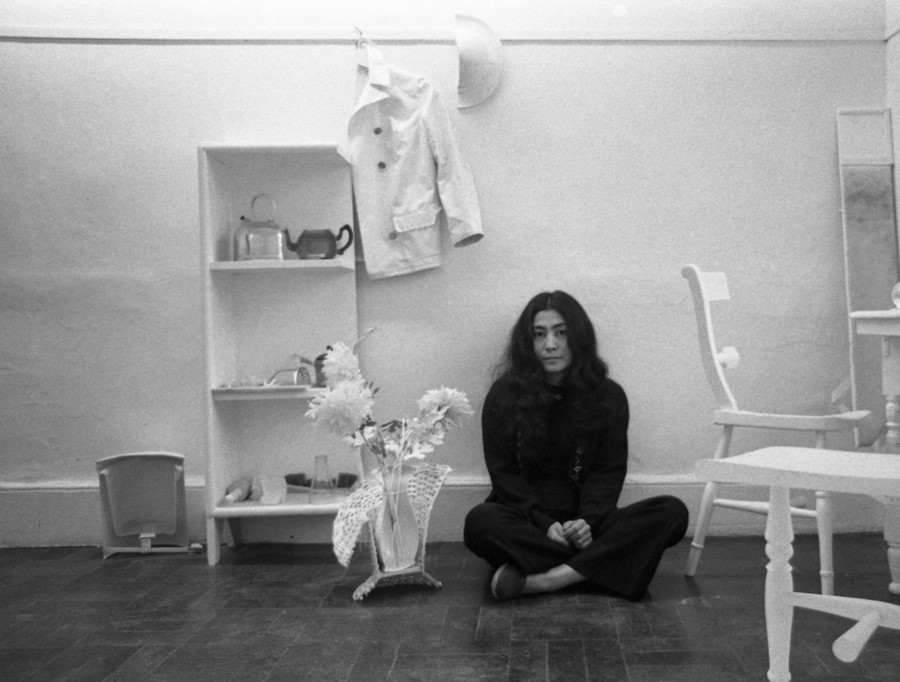
As Lennon entered the gallery, he was struck by the atmosphere—there was an air of quiet intensity that contrasted sharply with the noise and chaos of his usual world. The artwork on display was unlike anything he had seen before. It was minimalist, abstract, and filled with conceptual depth. But it wasn’t just the art that caught his attention; it was the presence of Yoko Ono herself.
Ono was there, moving gracefully through the crowd, engaging with the visitors, and explaining her work. She exuded an aura of confidence and intelligence that immediately captivated Lennon. As he wandered through the exhibit, he came across the ladder installation. Intrigued, he climbed the ladder and looked through the magnifying glass, reading the word "YES" that was printed on the ceiling.
For Lennon, this simple word was a revelation. In a world that often seemed filled with negativity and cynicism, the word "YES" represented hope, positivity, and affirmation. It was a small, yet profound, statement that resonated deeply with him. In that moment, Lennon felt a connection not just to the artwork, but to the artist herself.
Lennon approached Ono and introduced himself. Their conversation began somewhat awkwardly, as Ono was not particularly familiar with The Beatles, and Lennon was not well-versed in the world of avant-garde art. However, they quickly found common ground in their shared love of challenging the status quo and exploring new ideas.
As they talked, Lennon was struck by Ono's intellect and her uncompromising dedication to her art. Ono, in turn, was intrigued by Lennon's openness and his willingness to engage with her work on a deeper level. The conversation that began at the gallery continued long after the exhibit had ended, marking the beginning of a relationship that would soon become both legendary and controversial.
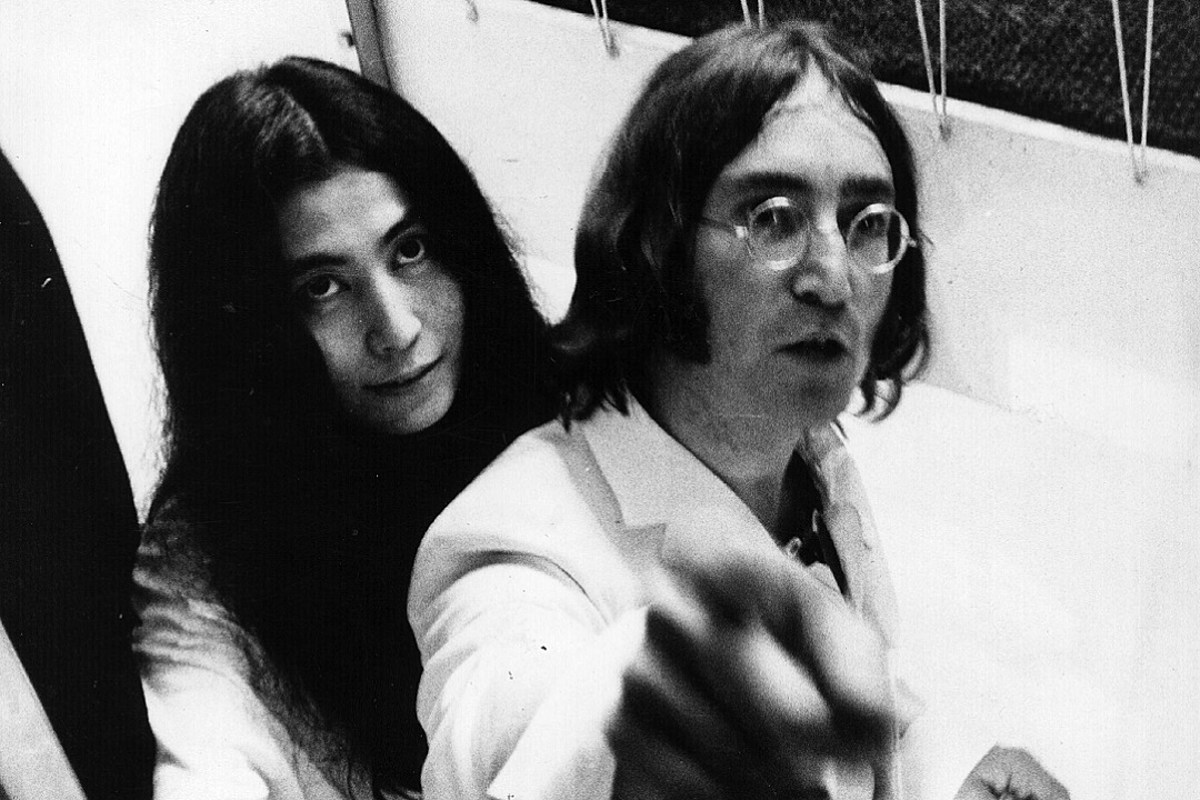
The connection between John Lennon and Yoko Ono was immediate and intense. They were both searching for something more in their lives—something that went beyond fame and success. For Lennon, Ono represented a new world of possibilities, one that was far removed from the commercial pressures of the music industry. For Ono, Lennon was a kindred spirit, someone who understood her art and her vision.
As their relationship developed, Lennon and Ono became inseparable. They began collaborating on various artistic projects, merging their talents and ideas to create works that defied traditional boundaries. Their first major collaboration was the Unfinished Music No.1: Two Virgins album, which was more of an experimental sound collage than a conventional music record. The album was controversial, not only for its avant-garde content but also for its cover, which featured a nude photograph of the couple.
This collaboration marked the beginning of a new chapter in Lennon’s life. He was no longer just a pop star; he was now an artist in his own right, exploring new forms of expression and breaking free from the constraints of The Beatles. Lennon’s partnership with Ono also influenced his music, leading to the creation of some of his most iconic solo work, including the albums Imagine and John Lennon/Plastic Ono Band.
The couple’s relationship was not without its challenges. Their romance was met with intense scrutiny and criticism from the media and the public, many of whom blamed Ono for the eventual breakup of The Beatles. Despite this, Lennon and Ono remained committed to each other and to their shared vision. They used their platform to advocate for peace and social justice, organizing events such as the famous "Bed-Ins for Peace" and releasing politically charged songs like "Give Peace a Chance" and "Power to the People."

The meeting of John Lennon and Yoko Ono at the Indica Gallery was more than just the beginning of a romance; it was the start of a powerful partnership that would leave an indelible mark on the worlds of art and music. Together, they challenged the conventions of what it meant to be a celebrity, using their fame to promote causes they believed in and creating art that pushed the boundaries of both form and content.
Lennon’s relationship with Ono transformed him from a pop icon into a multifaceted artist and activist. Their work together continues to inspire new generations of musicians, artists, and activists who see in Lennon and Ono a model for how art can be used as a tool for social change.
The story of how they met at an art exhibit in London is a reminder of the power of connection—how a chance encounter can lead to a lifelong partnership that changes the world. For John Lennon and Yoko Ono, that connection was rooted in a shared passion for challenging the status quo and creating art that spoke to the deeper truths of the human experience.
John Lennon’s meeting with Yoko Ono at her art exhibit in London was a turning point in his life. It was a moment of serendipity that brought together two creative minds, each searching for something more in their lives. Their partnership would go on to redefine the possibilities of art and music, making Lennon not just a pop star, but a true artist and a hero in his own right.
Today, the legacy of John Lennon and Yoko Ono continues to resonate, reminding us of the transformative power of love, art, and the courage to challenge the world as it is in pursuit of what it could be.
